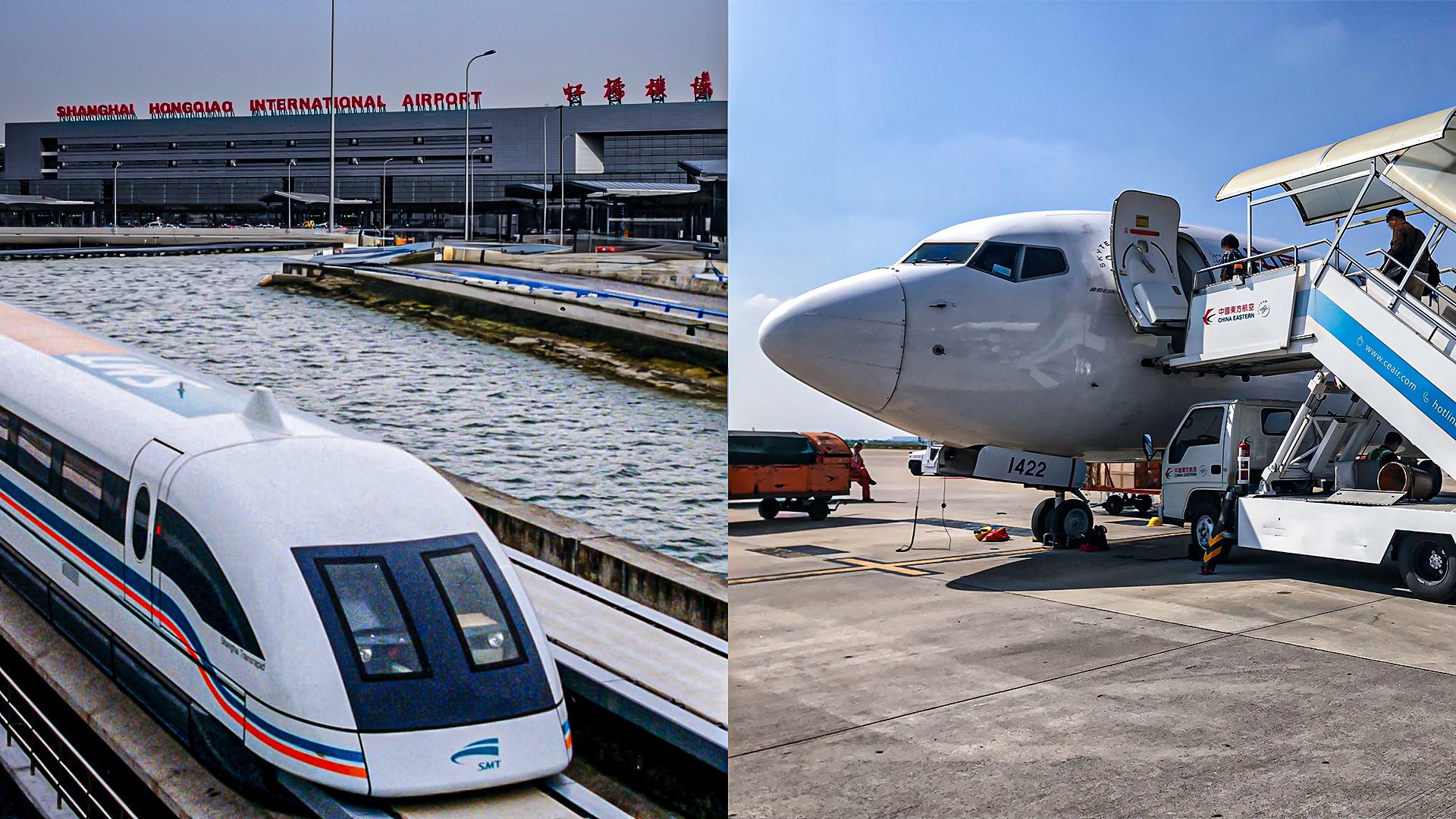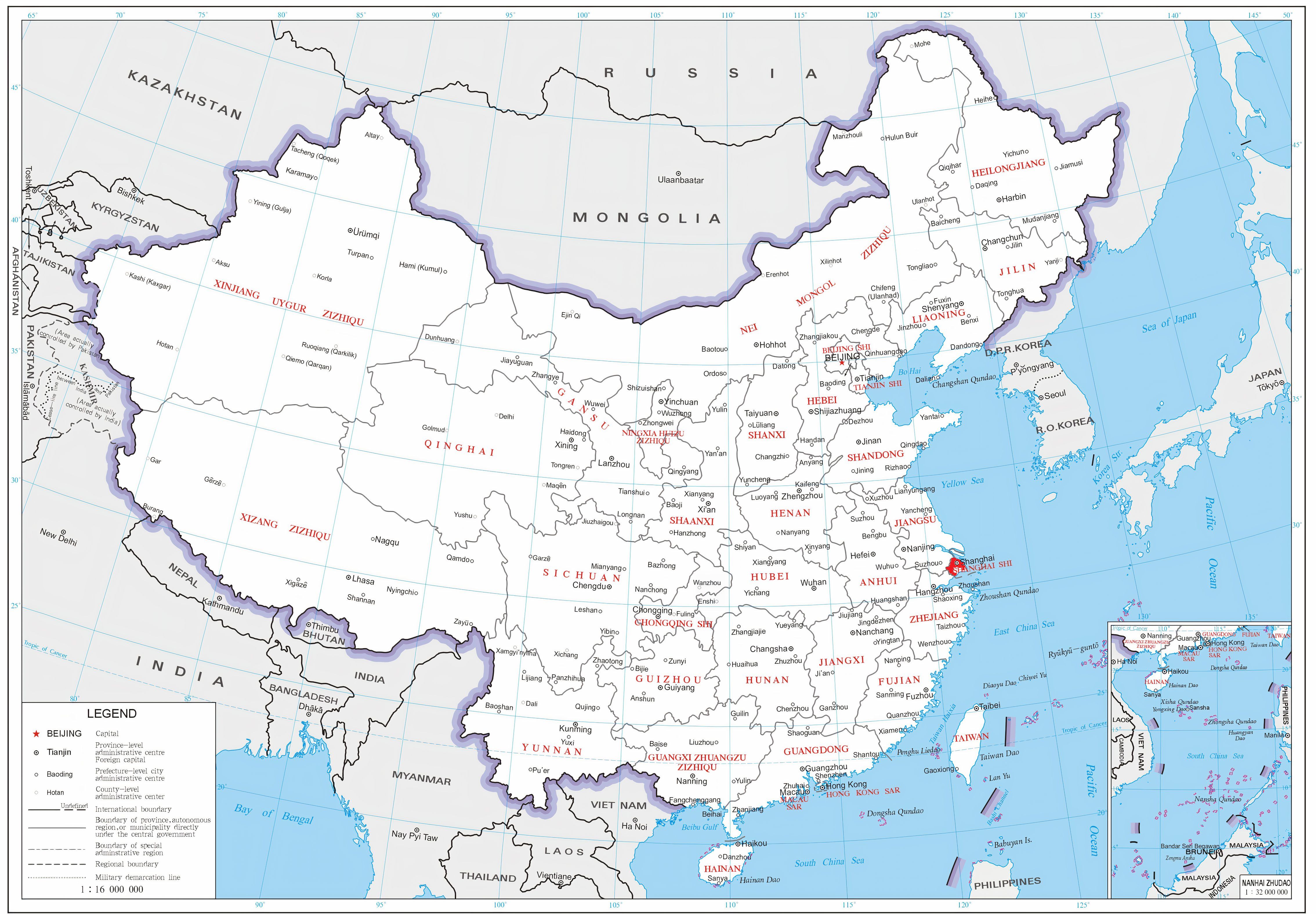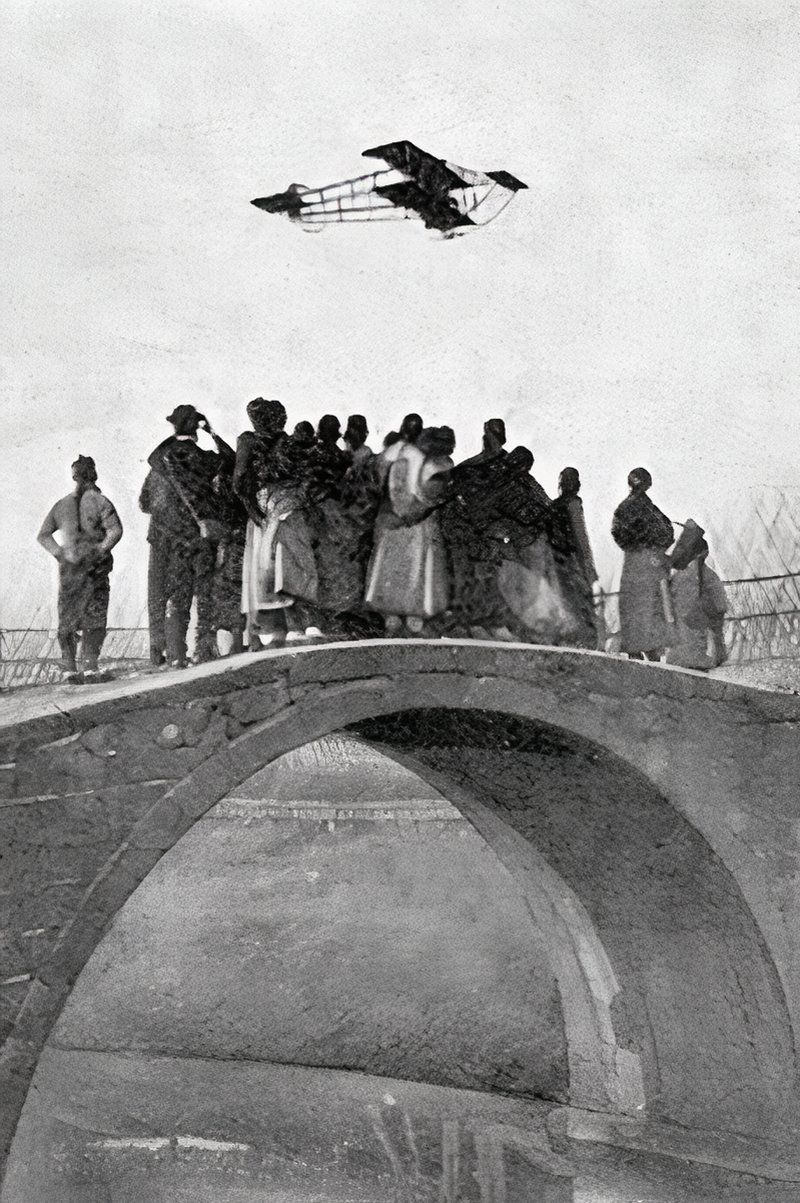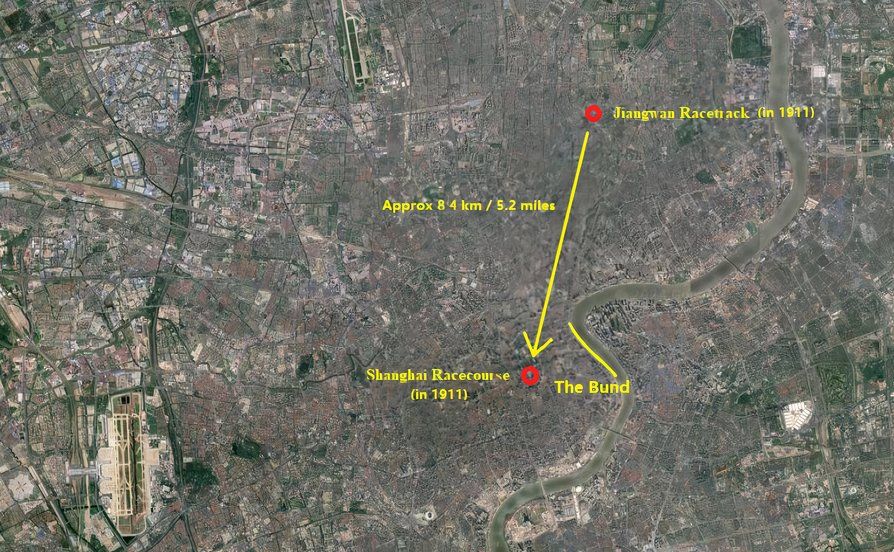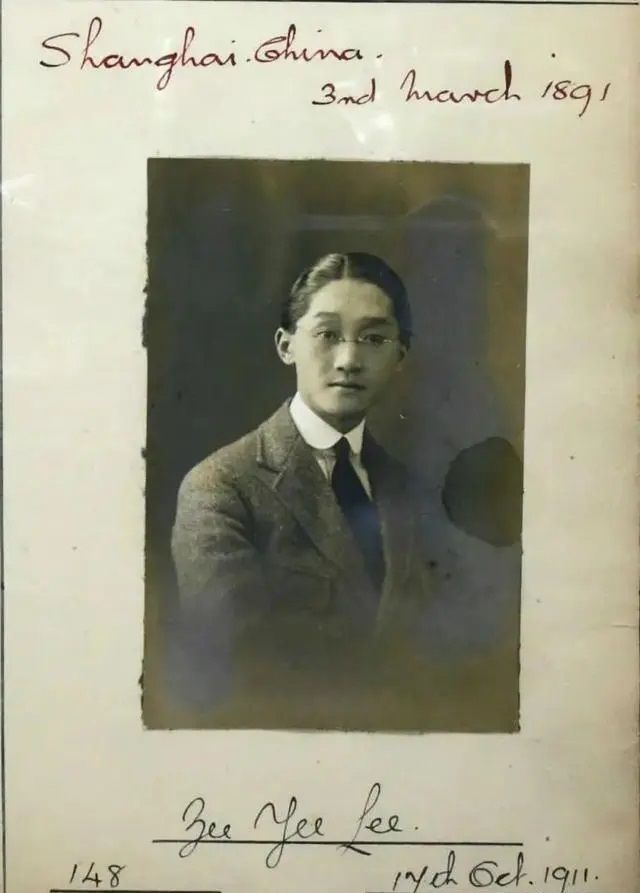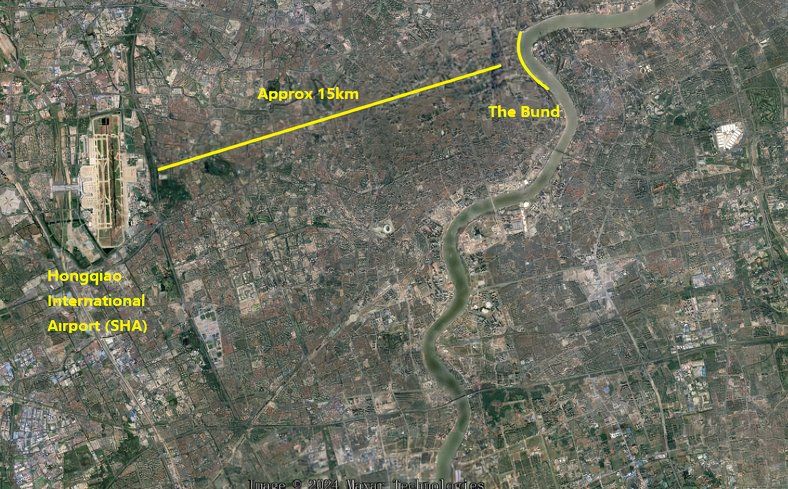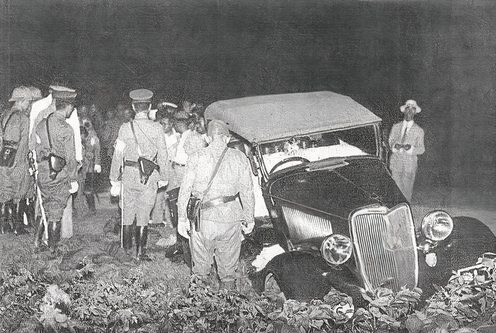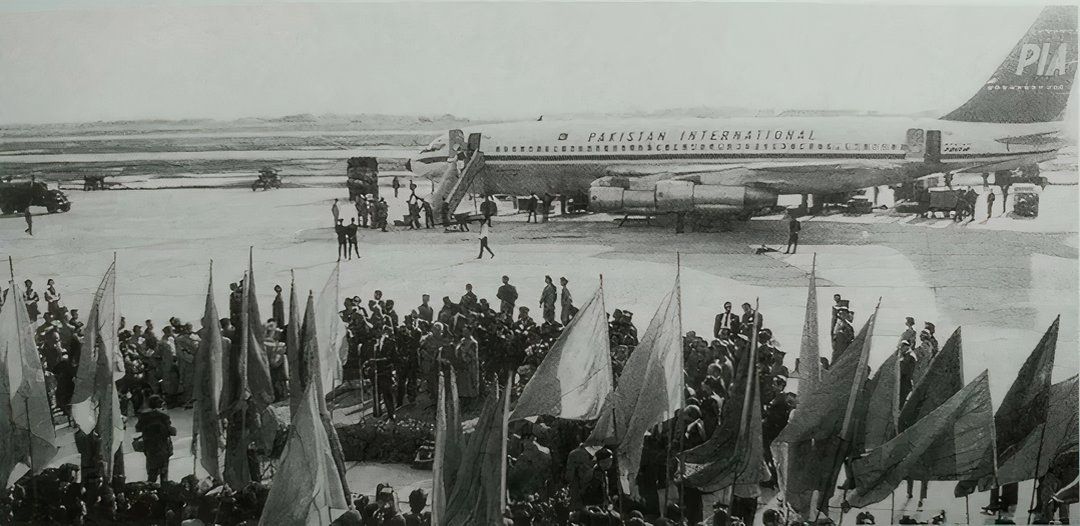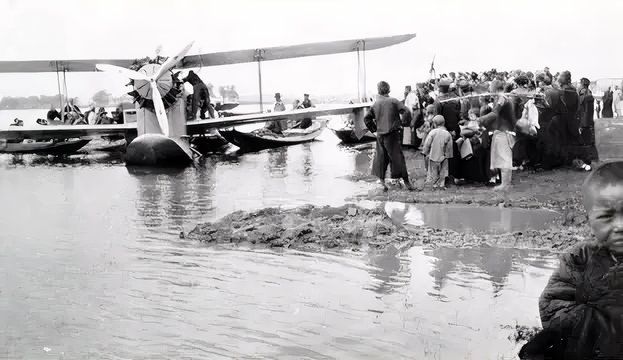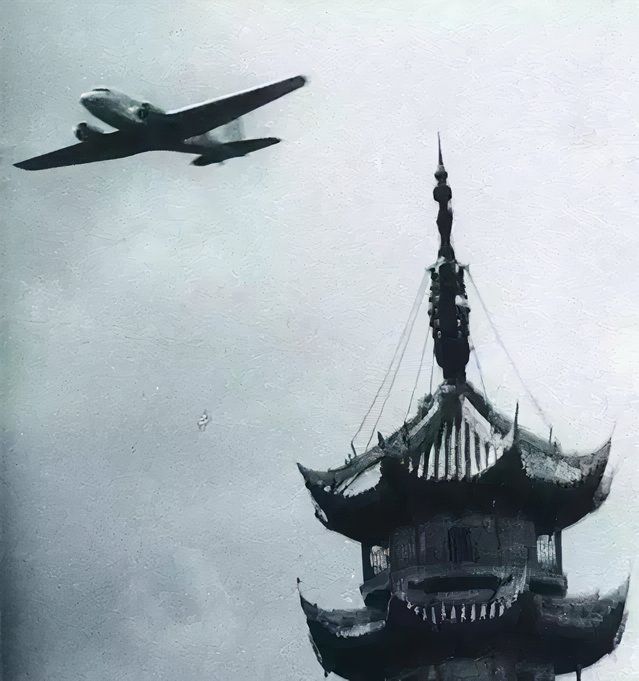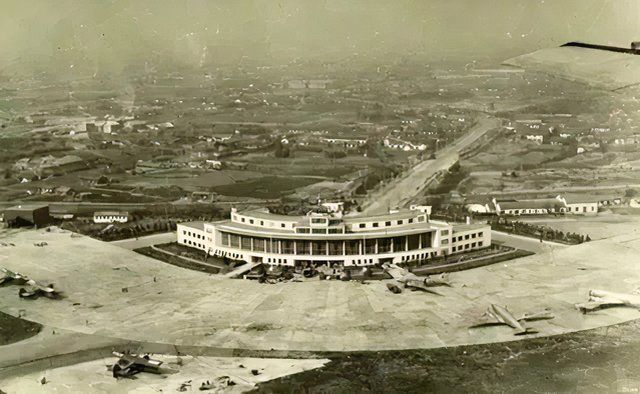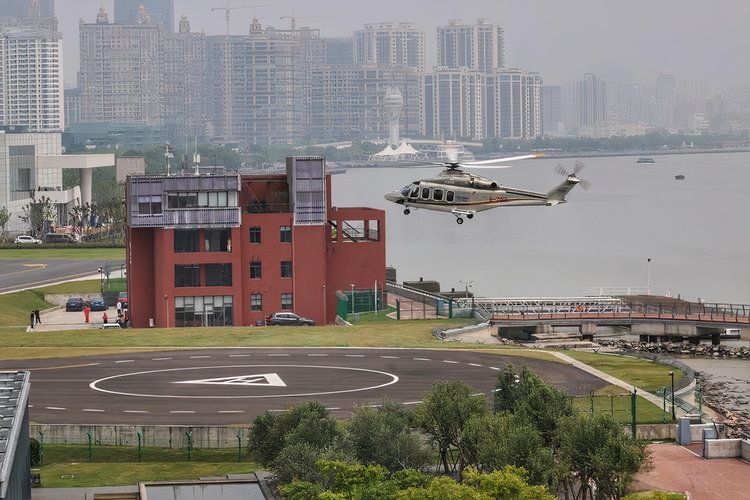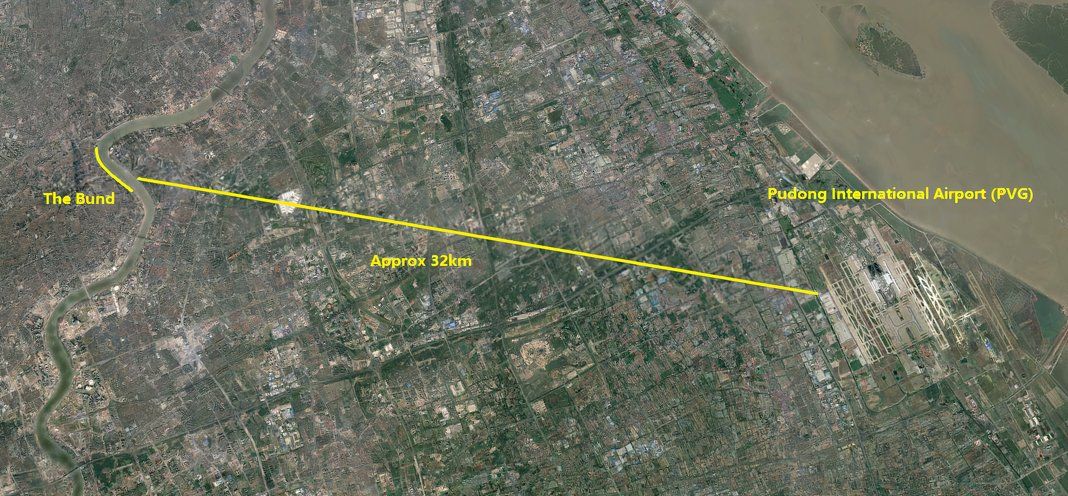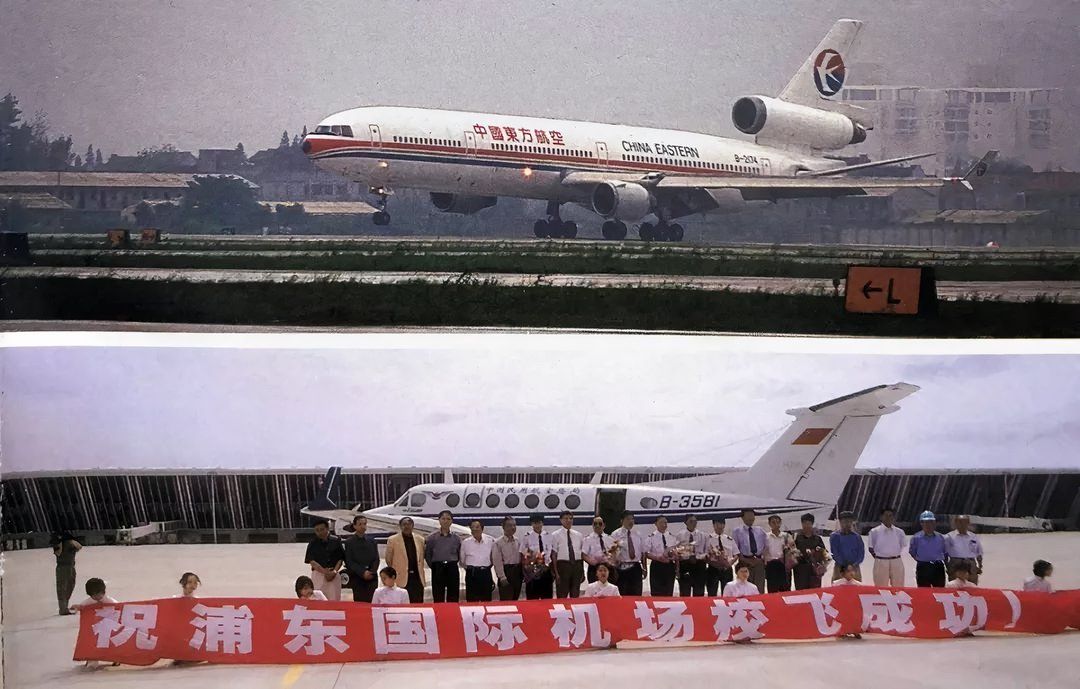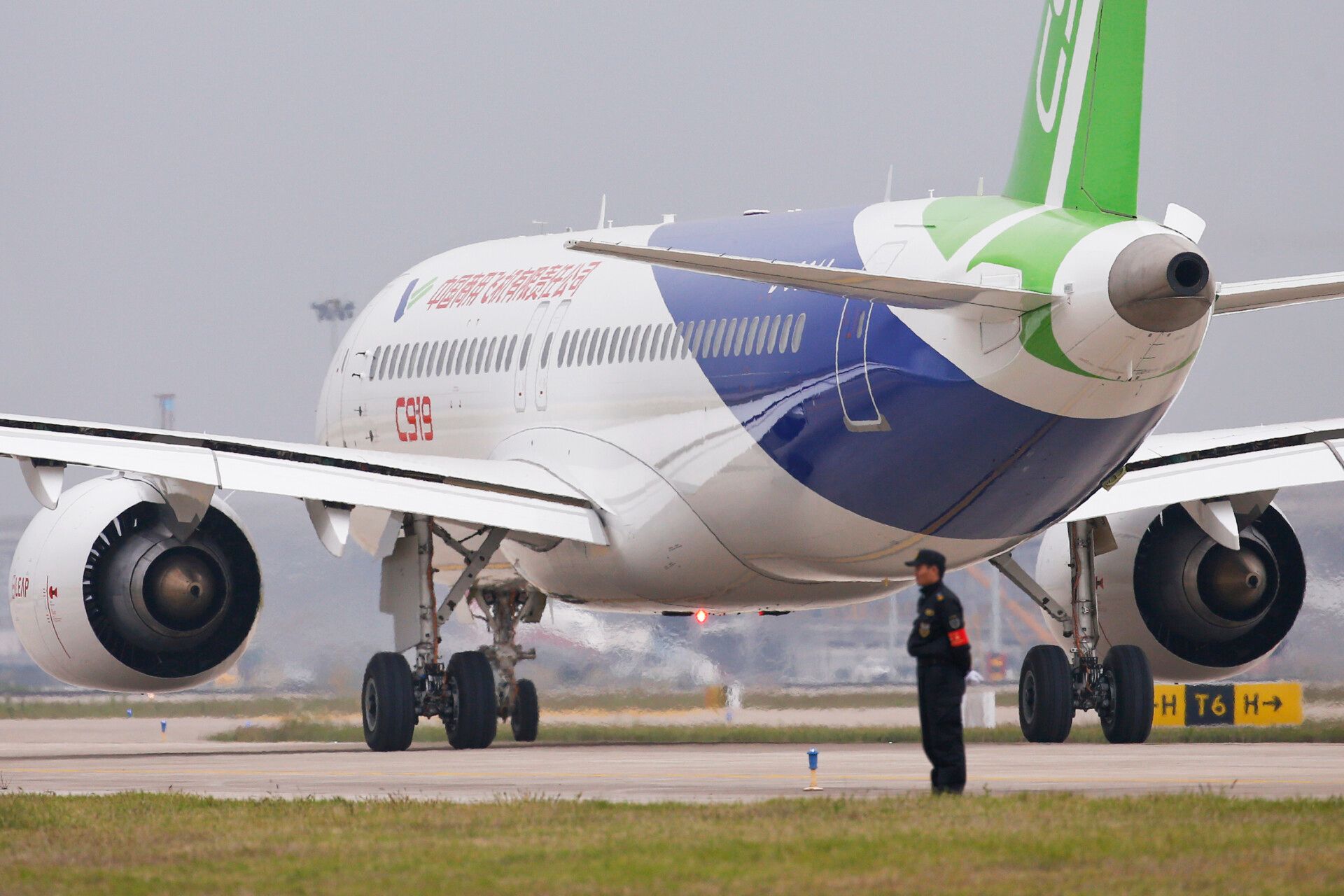Summary
- Shanghai was pivotal in China’s civil aviation history, establishing itself as a global aviation hub.
- Shanghai’s airports, including Hongqiao, Longhua, and Pudong, played crucial roles in the city’s aviation development.
- Pudong Airport emerged as a new gateway for international travel, undergoing significant expansions over the years.
In our previous series of articles, we introduced the airports in Beijing, including China’s largest, oldest, and most mysterious airports, as well as the story of China’s three major airlines vying for the coveted time slots surrounding the construction of Beijing Daxing International Airport (PKX). This article marks the beginning of our coverage of the second provincial-level administrative unit in China, and we will introduce the exciting history of airports in Shanghai.
Image: GoogleMaps, Su Wu | Simple Flying
Shanghai, one of China’s most dynamic and vibrant cities, has played a pivotal role in the development of civil aviation in the country. From the early sightings of aircraft in the early 20th century to the establishment of two modern international airports, the journey of civil aviation in Shanghai reflects the city’s transformation into a global aviation hub.
Pioneering Days: Shanghai’s first encounter with airplanes and its first aviation accident
Shanghai is one of the birthplaces of civil aviation in China. In 1911, a French businessman in Shanghai raised 1,000 yuan as a prize and invited French aviator Rene Vallon to Shanghai for a flight demonstration. Vallon arrived in Shanghai on January 10th, 1911, aboard a ship carrying a Bleriot monoplane and a Sommer biplane.
The Sommer aircraft was designed by Frenchman Roger Sommer (1877–1965) and produced by Farman Aviation Works. The plane was initially transported to the Jiangwan Racetrack. One month later, on February 25th, 1911, a flight demonstration was conducted at the Jiangwan Racetrack. This marked the first time an airplane took to the skies over Shanghai since its invention in 1903. About 2,000 Chinese and foreign spectators attended this historic event to witness a flying machine.
Vallon’s flight demonstration was successful, generating significant enthusiasm among Shanghai’s French expatriates. The day after the first flight, on February 26th, Vallon’s second demonstration sold an astounding 50,000 tickets.
Photo: Shanghai Government
The first two flight demonstrations took off and landed at the Jiangwan Racetrack outside the city. The final demonstration was scheduled for May 6th, with a planned flight from Jiangwan Racetrack to Shanghai Racecourse in the city center. On the day of the final demonstration, prominent figures from Shanghai society and consuls from various countries gathered to witness.
Image: GoogleMaps, Su Wu | Simple Flying
Around 5:30 PM on May 6th, after a horse race had concluded at Shanghai Racecourse, the sound of an engine could be heard above. The crowd looked up and cheered as they saw Vallon’s aircraft. Tens of thousands of Shanghai residents were thrilled to witness the spectacle, unaware that they were about to witness China’s first aviation accident.
On that day, Vallon was flying the Sommer biplane. He performed various aerial maneuvers over Shanghai Racecourse, but during a turn, the engine failed. Vallon did not parachute out with the airplane flying over a densely populated area. Instead, he attempted an emergency landing on the grass field of Shanghai Racecourse, an area without people. Although he managed to land in an unoccupied area, the plane’s high descent speed caused it to break apart upon landing. Rene Vallon was killed instantly, at the age of 31.
Almost concurrently with Vallon’s pioneering flight demonstrations, a Chinese man named Li Ruyan, after studying flying at the Bristol Flying School in England, obtained the 148th flying certificate from the Royal Aero Club of the United Kingdom, becoming the first Chinese pilot to receive a flying license.
Photo: Shanghai Government
On April 13th, 1912, just over four months after the establishment of the Republic of China and two months after the downfall of the Qing Dynasty, Li Ruyan, who supported the revolution, flew an Etrich Taube aircraft at the Jiangwan Racetrack in Shanghai. This marked the first time a Chinese person flew an airplane over Shanghai.
Hongqiao Airport: Shanghai’s First Civil Airport
Image: GoogleMaps, Su Wu | Simple Flying
In the ninth year of the Republic of China (1920), the Civil Aviation Administration of the Republic of China formulated a national aviation network plan, deciding to initiate the planning of the Beijing-Shanghai air route to regain economic control over various important towns along the Beijing-Shanghai line that were gradually being lost at that time.
For this purpose, representatives from the Civil Aviation Administration were dispatched to Shanghai to inspect potential airport sites. Ultimately, the western end of Hongqiao Road at the border of Shanghai County and Qingpu County was selected. This decision would determine the location of the Hongqiao hub for decades to come.
In March 1921, construction began on Hongqiao Airport in the western suburbs of Shanghai, with the project being undertaken by a US company and scheduled for completion within four months. It was completed by the end of June of the same year. However, due to “insufficient funds,” the Beijing-Shanghai air route failed to launch on schedule.

Related
3 Major Airline Alliances: Love, Hate & Rivalry In China
China Southern Airlines was the first of China’s big three carriers to join an alliance, but also the first to exit.
In May 1929, with rapid development in aviation worldwide, the government of the Republic of China, with its capital in Nanjing at the time, decided to prioritize establishing the Nanjing-Shanghai air route.
Hongqiao Airport was selected as the Shanghai aviation station, and on July 8th, 1929, eight years after construction began, it officially opened for operation. The first official airmail flight took off from Hongqiao Airport, bound for Nanjing. In the following year, it transported over 1,200 passengers.
On August 9th, 1937, the Hongqiao Airport security regiment, part of the army of the Republic of China, killed two Japanese soldiers who attempted to force their way into the airport. Four days later, on August 13th, the Battle of Shanghai (known as the Battle of Songhu) broke out. After the Japanese forces occupied Shanghai, they also took control of Hongqiao Airport.
Photo: Shanghai Government
After the Chinese Anti-Japanese War victory, Hongqiao Airport was taken over by the Republic of China Air Force and later designated as a civil airport. On the afternoon of May 24th, 1949, the People’s Liberation Army (PLA), led by the Communist Party of China, occupied Hongqiao Airport, which was then placed under the management of the People’s Liberation Army Air Force (PLAAF), reverting to a military airport.
At that time, Hongqiao Airport covered an area of about 187 hectares. Due to the severe damage caused by the war, the airport facilities were in ruins, with only two parallel gravel runways, three taxiways, seven aprons, and a damaged airport gate.
In April 1950, the People’s Republic of China decided to rebuild Hongqiao Airport. Construction began in September of the same year, rebuilding the main runway, taxiways, and aprons. The reconstruction process lasted for one year.
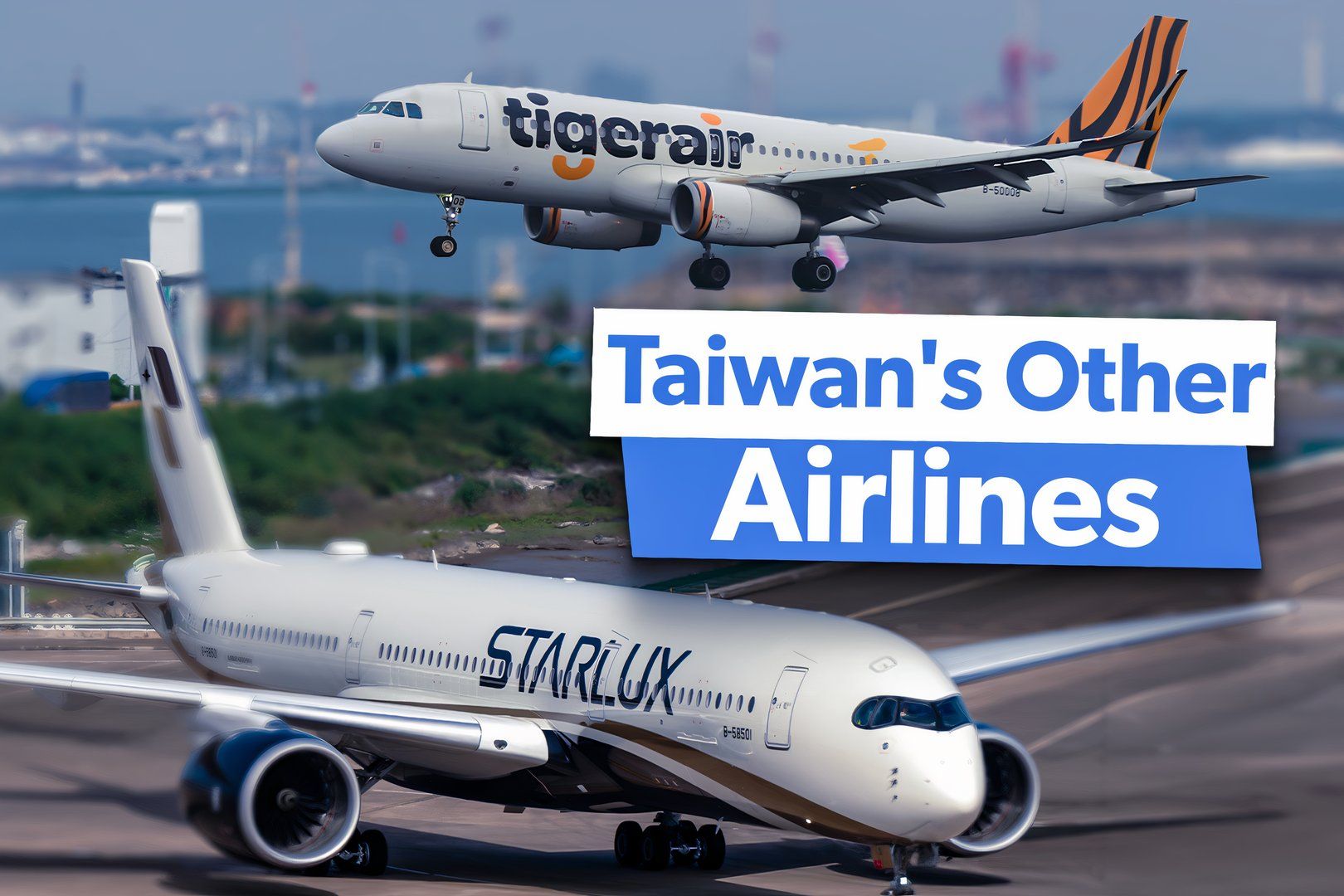
Related
Not Just EVA Air & China Airlines: 5 Other Taiwanese Carriers You Might Not Have Heard Of
Taiwan has an extensive domestic and regional network thanks to several smaller airlines.
In March 1963, the governments of China and Pakistan reached an agreement on air traffic principles, and it was decided that the Shanghai-Karachi air route would open in May 1964.
Chinese Premier Zhou Enlai proposed expanding Hongqiao Airport into an international airport to ensure that the route opened on time. On October 28th, 1963, the Central Government of China approved the construction plan and confirmed that civil aviation would own the expanded airport.
On April 29, 1964, China and Pakistan established direct flights, marking the first international route for Shanghai since the founding of the People’s Republic of China.
Photo: Shanghai Government
The terminal building of Shanghai Hongqiao International Airport was completed and put into use on September 22nd, 1965.
Photo: Shanghai Government
In March 1984, the terminal building of Shanghai Hongqiao Airport was expanded again, and the expansion project was completed on September 30th of the same year. The total area of the expanded terminal building reached 21,300 square meters, doubling the previous usable area. Subsequently, Hongqiao Airport underwent two more expansions of its terminal building in 1991 and 1996.
In 2006, the Shanghai Municipal Government planned to build the Hongqiao Transportation Hub in conjunction with China’s high-speed rail construction plan. Once completed, the planned hub will include an aviation port, high-speed rail, intercity rail, and urban rail, covering an area of over 13 square kilometers.
In 2009, the Hongqiao Transportation Hub was completed, becoming one of the largest comprehensive transportation hubs in the world to date.
Longhua Airport: A Historical Memory
Initially, Longhua Airport was merely a large training ground along the banks of the Huangpu River. In 1922, the Republic of China’s army stationed in Shanghai needed a spacious area for assembling six newly ordered aircraft for military training. Consequently, the large training ground in Longhua was converted into an airport, making it Shanghai’s second airport after Hongqiao and the first military airport in the city.
In June 1929, Longhua Airport was repurposed for civil use. The following year, it began operating civil air transport, marking the birth of the renowned “China National Aviation Corporation” (CNAC) at this very location. Due to its riverside location, CNAC owned various types of seaplanes.
Photo: Shanghai Government
With the need to establish a China-US route, CNAC expanded its fleet and constructed a runway at Longhua Airport. By the 1930s and 1940s, Longhua Airport had become the best civil airport in China and a significant air hub in the Far East. The media praised it as the “Great Far East Water and Land Aviation Port.”
During the Sino-Japanese War, Longhua Airport was occupied by Japanese forces. For military purposes, the Japanese constructed two gravel runways and expanded the original apron, which could only accommodate about ten aircraft, to a capacity of over a hundred heavy bombers.
Photo: Shanghai Government
After the founding of the People’s Republic of China, Hongqiao Airport was designated an air force base, making Longhua Airport the only civil airport in Shanghai. By the mid-1960s, Longhua Airport, being close to the urban area, could no longer accommodate large aircraft. It soon transitioned to a test flight station and training base for small aircraft.
In August 1966, to facilitate the unified management of Shanghai’s international and domestic air transport, the PLAAF decided to move all domestic flights to Hongqiao Airport. Longhua Airport was then designated a “training base and alternate landing field for civil aircraft.” This marked the end of Longhua Airport’s glorious era.
Photo: Shanghai Government
After 1966 and until 2008, Longhua Airport primarily served as a base for airships and helicopters, with even a driving school located on the original airport grounds.

Related
From Airport To Public Park – Transforming Shanghai’s Longhua Airport
After 2008, with Shanghai’s rapid development, the original runway of Longhua Airport was transformed into the urban road “Yunjin Road.” The original hangars were converted into an art museum, and even the old fuel tanks were repurposed into an art center. The only remaining aviation-related facility is the transformed Longhua Helicopter Airport, which now serves as a base for the Shanghai Police Department and a few general helicopter companies.
Photo: Shanghai Government
Pudong Airport: Shanghai’s New Gateway
After China’s opening up, Shanghai needed a second international airport to accommodate increasing international travel and tourism. In 1992, Shanghai decided to build a new international airport in Pudong, and by February 1994, the site for Pudong Airport was finalized.
The chosen location for Pudong Airport is about 32 kilometers in a straight line from the city’s center, People’s Square. The airport covers an area of 44.4 square kilometers.
Image: GoogleMaps, Su Wu | Simple Flying
In October 1997, construction of Phase One of Pudong International Airport began, with the main projects including the first runway and the first terminal.
On September 16, 1999, Shanghai Pudong International Airport commenced operations, marking Shanghai as the first city in China to have two international airports. This record was matched by the capital city of Beijing only in 2019 with the opening of Beijing Daxing International Airport (PKX).

Related
More Than You Might Think: A Look At Beijing’s Various Airports
China’s biggest, oldest, and most mysterious airports are all in Beijing.
In March 2005, the second runway of Pudong Airport was officially put into operation. This runway is 3800 meters long and 60 meters wide, parallel to the first runway.
Photo: Shanghai Government
In December 2005, as part of the preparations for the 2008 Beijing Olympics and the 2010 Shanghai World Expo, expansion work began at Pudong International Airport. This included the construction of the second terminal, the third runway, and the west cargo area.
The two terminals are less than 500 meters apart and connected by a corridor, making passenger ticketing and baggage handling convenient. The third runway, located west of the first runway, is 3400 meters long and 60 meters wide, parallel to the first and second runways.
On December 19th, 2014, Pudong International Airport’s annual passenger throughput exceeded 50 million for the first time, making it one of the world’s mega-hub airports.
In 2015, the throughput surpassed 60 million passengers. In 2017, it exceeded 70 million passengers. In 2019, the last year before the pandemic, Pudong Airport’s annual passenger throughput reached 76 million.
In that same year, on September 16, 2019, Pudong Airport’s South Satellite Hall was completed, becoming the largest single satellite terminal in the world and increasing the airport’s annual passenger throughput capacity to 80 million, placing it among the top ten airports globally.
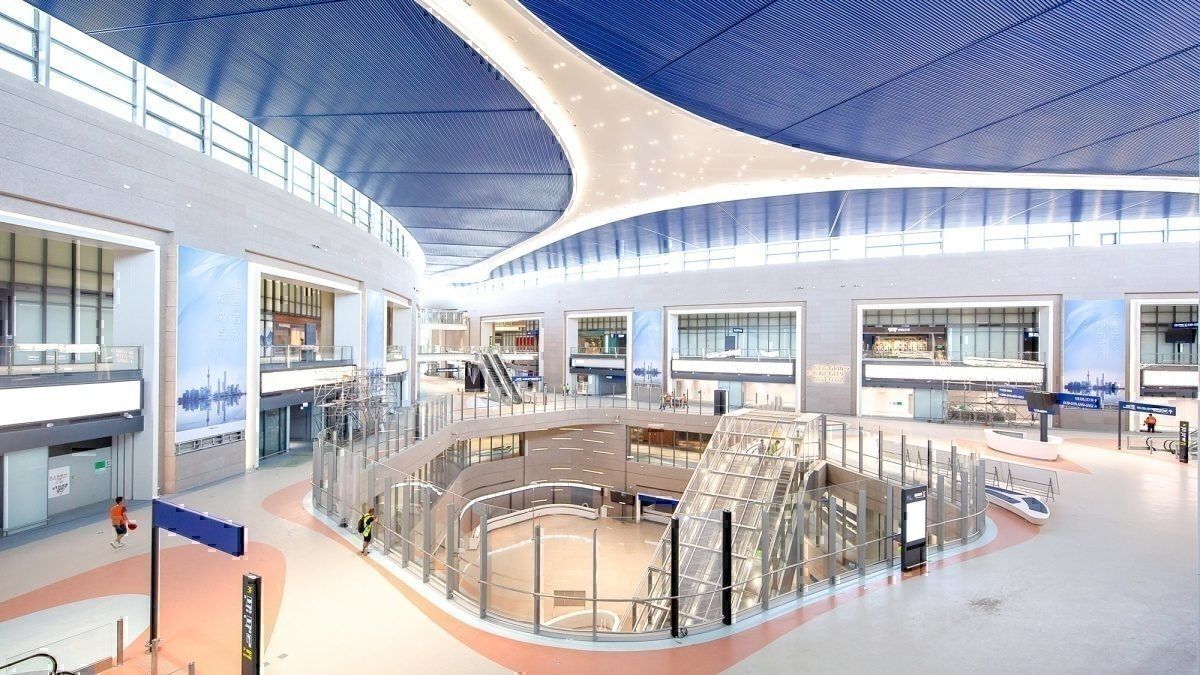
Related
Shanghai’s Pudong Airport Eyes Huge Expansion
The table below compares key aviation metrics—passenger throughput and aircraft movements—across three significant years (1990, 2019, and 2023) for Shanghai airports, highlighting both combined and individual data for Pudong and Hongqiao airports in the latter years.
|
1990 (Shanghai opening up) |
2019 (pre-Covid) |
2023 (pro-Covid) |
|||
|
Hongqiao International Airport (SHA) |
Hongqiao International Airport (SHA) |
Pudong International Airport (PVG) |
Hongqiao International Airport (SHA) |
Pudong International Airport (PVG) |
|
|
Passenger Throughput |
3,983,825 |
45,637,882 |
76,153,455 |
42,500,000 |
54,250,000 |
|
121,791,337 |
96,750,000 |
||||
|
Aircraft Movements |
37,105 |
272,928 |
511,846 |
270,000 |
430,000 |
|
784,774 |
700,000 |
||||
Have you been to Shanghai? What impression did Shanghai’s airports leave on you? What do you want to know more about civil aviation in Shanghai? Please share your experiences and thoughts with Simple Flying.

